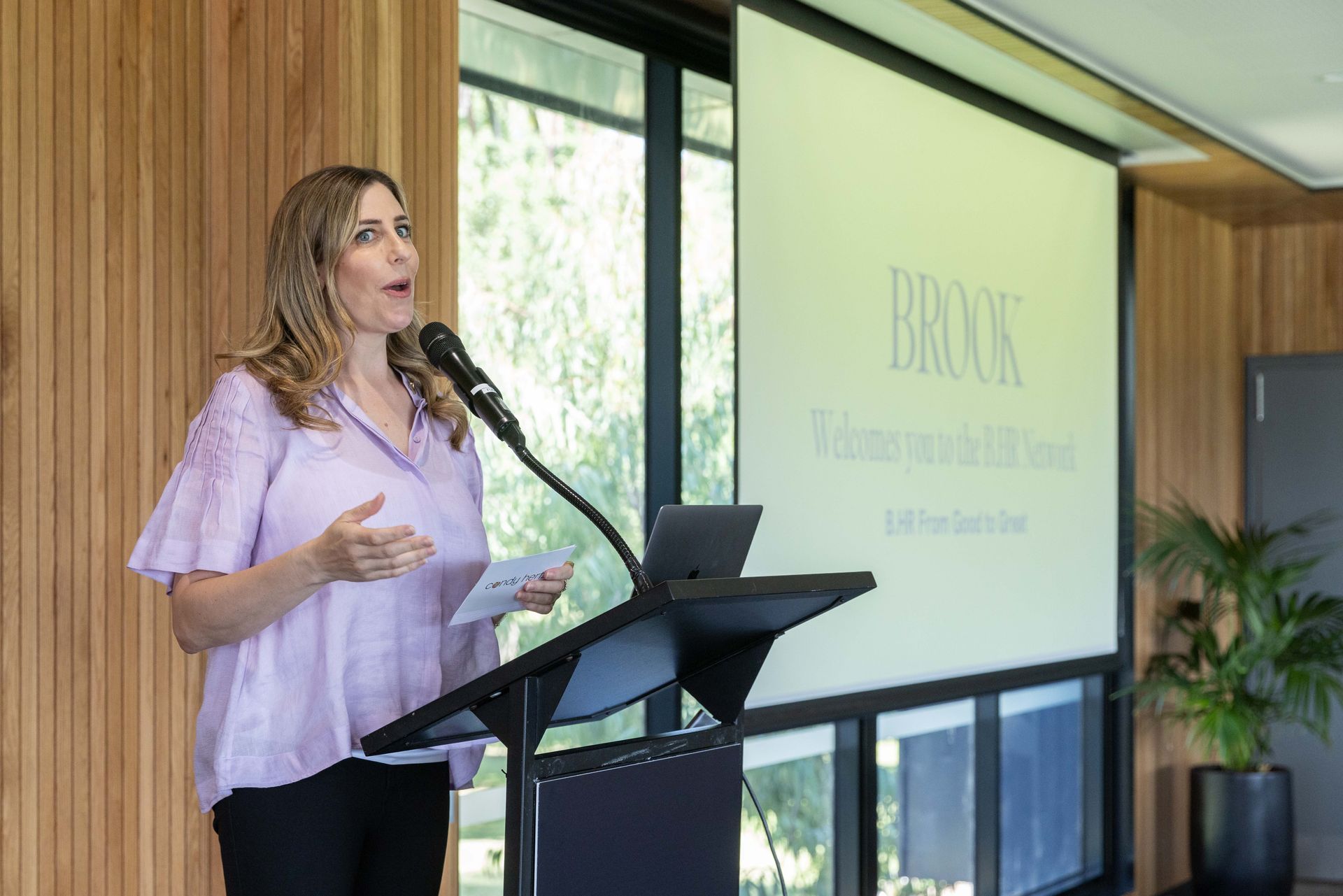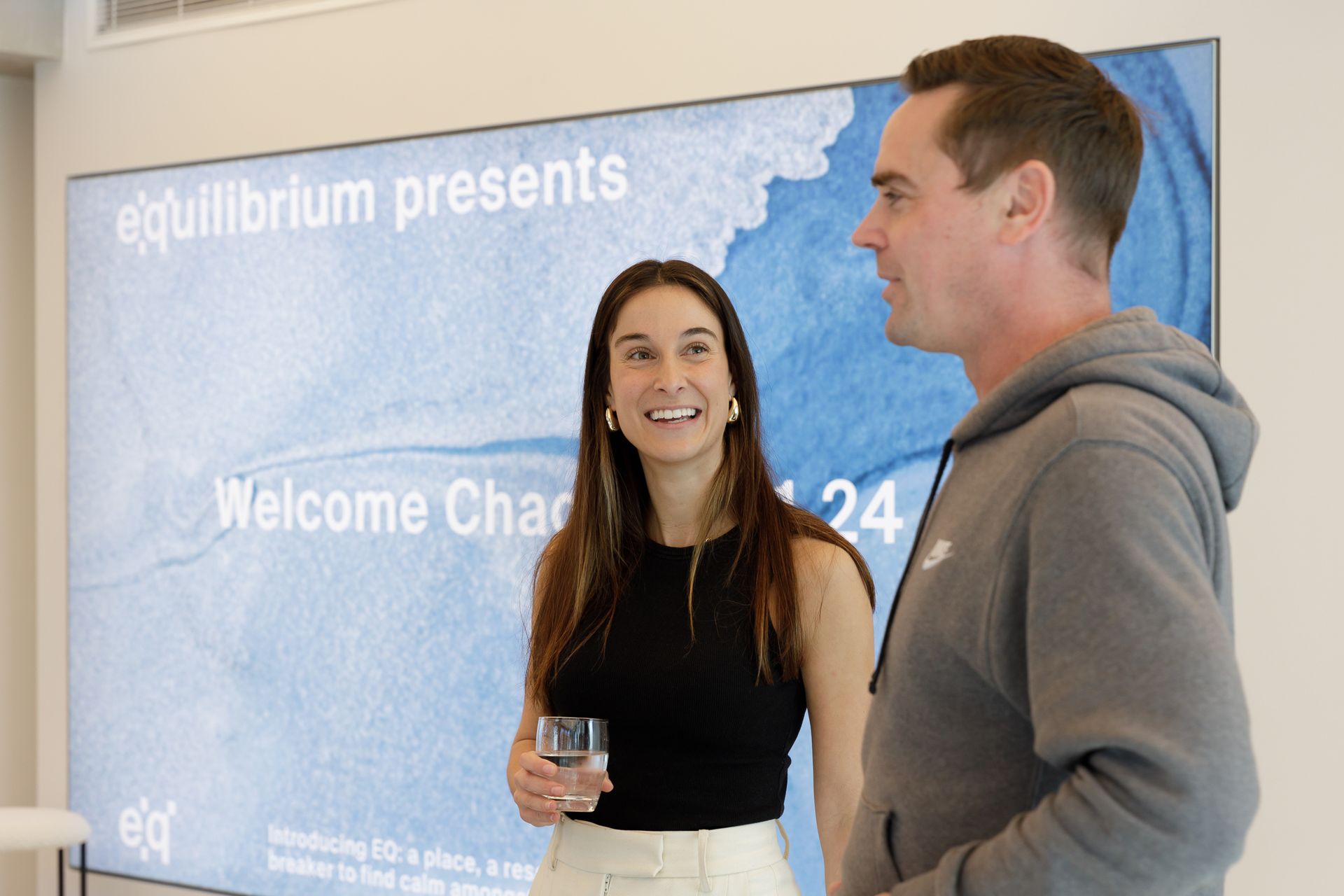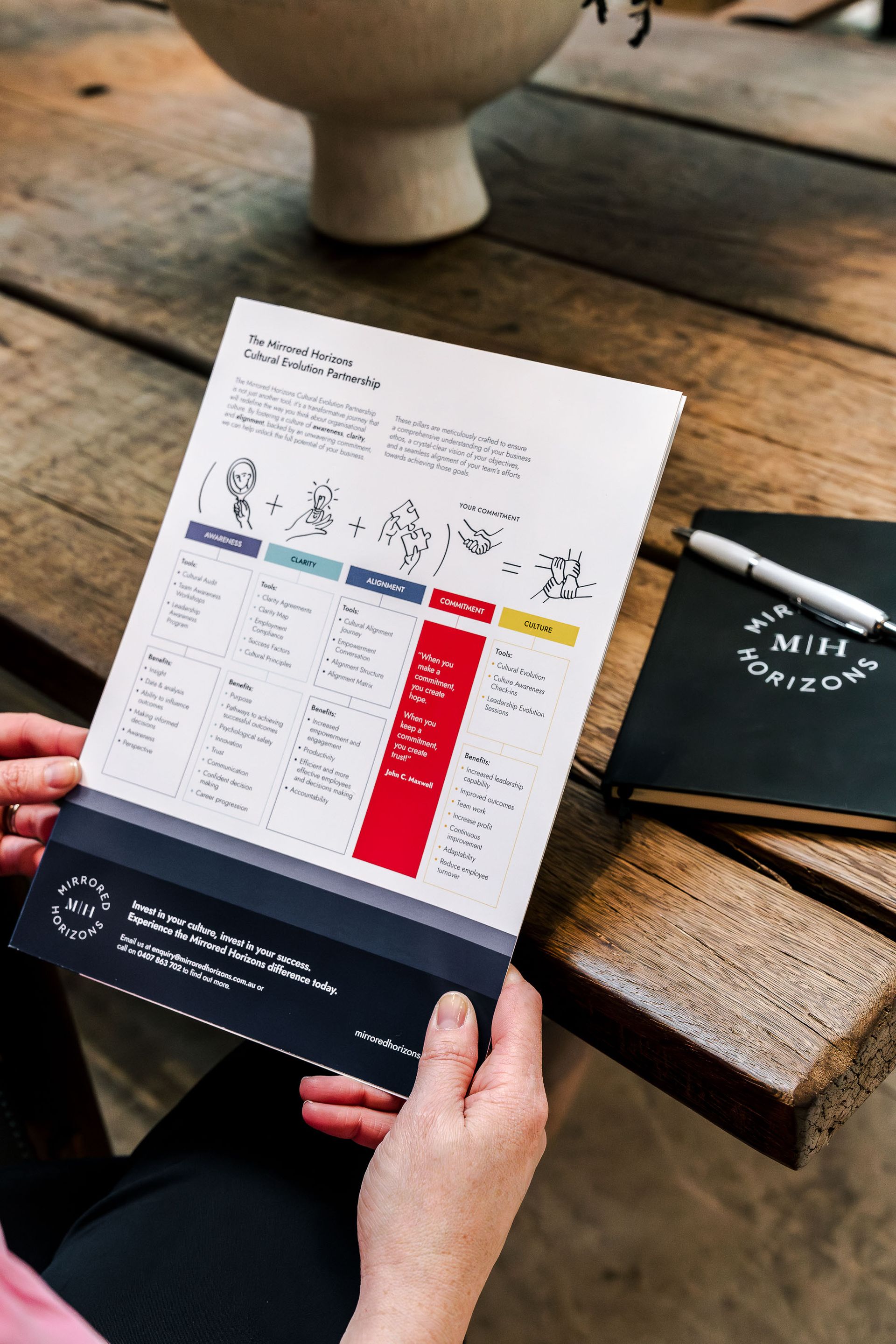What Makes a Fit-for-Purpose EVP in the New World of Work?
As we all know, the events of recent years have made attracting and retaining talent a major challenge for employers. The pandemic has changed the relationship between people and their work, the expectations of employees are shifting, and the labour market is arguably more competitive than ever before. All of which brings into question whether historic management principles underpinning employee value proposition (EVP) efforts are still relevant.
Part of the challenge of discussing topics like EVP is navigating the semantics (or buzzwords) - often we’re all saying the same words but mean slightly different things. This article will offer a definition of EVP and how it relates to adjacent topics, before giving an overview of a traditional approach, highlighting some of the adaptations required of EVPs in the current labour market, and sharing some tools that I have found effective in achieving this.
Defining EVP
In essence, a company’s Employee Value Proposition (EVP) should identify and communicate the unique benefits and experiences that employees can expect in return for their commitment, effort, skills, and capabilities. It articulates why your company believes an ideal employee would choose to work with you over an alternative and why top talent would stay and be motivated to perform at the peak of their potential. It also encapsulates the reasons you’d like your people to give when recommending your company to their network as a great place to work. Needless to say….it’s vital.
Notice how the language so far has been hypothetical. That is because - I believe - an EVP is a strategy, it’s about decisions, trade offs, and focus. Your Employer Brand is how employees, potential employees, and former employees actually perceive your company - that is, the real, tangible, outcome. The bridge between EVP and Employer Brand is your Employee Experience; the lived experience potential, current, and former employees have of your company.
EVP = Focused strategy and intentions
EX = Actual experience
Employer Brand = The perception employees have of your company
EVP….A Brief History
Historically, EVP efforts have been largely focused on components like salary, benefits, rewards, career development, and work-life balance. This was, arguably, sufficient for a period of time, at least until it was the norm for companies to offer these things. At which point, they became more of a baseline. The problem is, these components have ceased to become differentiators (the very definition of EVP).
This came to a head publicly during what became known as “The Great Resignation”. I would argue that the phenomenon is better described as “The Great Migration”, but that’s for another article. HR leaders described upward pressure on the aforementioned traditional EVP components as the baseline required just to keep up with the competition got higher and higher. The companies that won during that period (and continue to do so) are the ones that remained strategically focused on EVP, and specifically how to continue to differentiate.
Staying Ahead of the Competition
I have found adopting a methodology similar to Ohmae’s Three Cs (Customer, Competition, Company) Strategy Model to be highly effective in defining a unique EVP. You can read more about the model here, but perhaps we should recoin it the ECC framework for our purposes.
- Employee - who is/are your ideal employee(s)? What are your target labour markets?
- Company - What does your company do? Why does it matter and what difference is it making in the world (more about this in the next section)?
- Competition - Who else is competing for your target employees? Both within and out with your industry?
Returning regularly to this model will help to keep your EVP current and unique. I believe that
part of the problem with EVP efforts in recent years is that they have been guided more by short
term reactions to the markets and the latest trends.
Meeting the Expectations of Employees Today
While companies have evolved and traditional EVP components have become simply the cost of entry, employee needs have also changed. Emerging generations report placing a much higher premium on doing meaningful work and finding a sense of purpose in their work, often suggesting that they’d put this ahead of remuneration and benefits when choosing their next workplace or remaining at an employer.
- 83% of Gen Z in the US consider a company’s purpose when deciding where to work (Cone/Porter Novelli 2019)
- When millennials believe their work has meaning….they are three times more likely to stay (Fortune, 2022)
Going back to our “ECC” model, the “Company” component must consider what difference your company makes in the world and why it matters. In other words, what is your company’s purpose? So…..let’s tweak the model again for our needs. It’s now our EPC model for strategic EVP.
- Employee
- Purpose
- Competition
What’s in a Fit-for-Purpose….Purpose?
All this relies, of course, on having a clear purpose, and one that matters to your people at that. We’ve developed a framework at Ne-Lo to do just this, which is designed to:
- Develop a purpose that creates a compelling narrative
- Provide a practical framework that informs strategic choices (including your EVP)
Before going into more detail, I want to highlight our golden rule of purpose. Purpose is clarified, not created. It already exists, there is a reason people joined your organisation and why they’re still there, there are shared beliefs, behavioural norms, and a culture led by values that people hold dear. The aim of our framework is to help unearth, articulate, and codify this, not to create something that sounds right to an exec. team and looks good on a poster.
Purpose Framework is made up of four layers:
- Shared Belief; the inspirational layer. Otherwise known as the Why or North Star, this is why your company does what it does and should be evergreen and industry agnostic. It often starts with “we believe in….”
- Example: Lego - We believe in endless human possibility
- Vision; the aspirational layer. This is what your company aspires to be or do, it’s often industry specific but not product or service specific.
- Example: Oxfam - A world without poverty
- Mission, the strategic layer. This is where you headline how your company intends to achieve its vision, we often get product or service specific at this stage.
- Example: Paypal - Build the web’s most convenient, secure, cost-effective payment solution
- Values, the behavioural layer. The unique set of values that the people in your company commit to. 4-6 is usually ideal, avoid generic baseline values like ‘respect”, and usually best to use verbs.
- Example: Squarespace - Be the Customer; Design Is Not A Luxury; Build the Ideal; Learn Fast, Act Fast; Protect Creativity; Simplify
It’s important to consider all along, how the layers come together as an overall narrative. Often, we see companies trying to cram too much into each layer - taking a step back and looking at the whole can help resist that temptation.
Here is an example of a purpose Ne-Lo developed with Dymocks, using the purpose framework.
- Our Purpose: We believe in... Connecting communities by inspiring minds
- Our Vision: So we aspire to build... A community connected by sharing the power of imagination, curiosity and knowledge
- Our Vision: To get there we will... Be Australia's leading retailer of books and related gifts by creating more opportunities for:
- Our Customers
- Our Franchisees
- Our Values: And along the way, we commit to being...
- Knowledgeable
- Passionate
- Collaborative
- Accessible
- Positive
- Philanthropic
That’s a very brief overview of the purpose framework. If you’re interested in knowing more, you can get a free copy of our Purpose Framework ebook here. I’m also more than happy to talk through it if you want to reach out.
“When you're surrounded by people who share a passionate commitment around a common purpose, anything is possible.”
- Howard Schultz, Former CEO, Starbucks
A Model for EVP Focus
Like any strategy, successful EVPs are focused. There is often a temptation to add more, making it more generic and less likely to be implemented.
A useful approach Ne-Lo has developed for enabling focus is to separate the choices into distinctive and hygiene factors. In other words, what is the one thing you will commit resources and attention towards winning on, and what are the 2-3 things you will benchmark and ensure you don’t fall behind on. It can be useful to do this for both rational factors (usually the traditional EVP components) and emotional factors (the contemporary EVP factors we’ve discussed). Remember, you can use our EPC framework as an objective lens to align key stakeholders on the tough trade offs required to commit to just one distinctive rational and emotional factor.
Summary and a Request
The labour market we’re operating in has undoubtedly changed, and will continue to do so - Millennials will comprise 75% of the workforce by 2025. The way we approach EVP needs to adapt accordingly and we’ve discussed a few approaches I’ve found to be useful. Of course, EVP is setting the strategy and there is still the small matter of managing the system that actually delivers on it. That will need to be the focus on another article, but the key steps to consider are:
- Clarify purpose (you can find our Purpose Framework ebook here to help with this)
- Develop a focused EVP
- Plan and manage your EX around your EVP
- Measure employer brand
- Use employer brand measures to optimise EX
To finish……my request. This article shares my perspectives, thoughts, and advice based on my experience. Part of the magic of the network BROOK and B.HR are building is the depth and diversity of our collective experience and perspective. I’d love to hear from you with any debate, discussion, challenges, or evidence and examples of the points raised. I believe we’ll all be better off as a result of that shared knowledge.
You can reach me at ross@ne-lo.com or 0499 408 516











